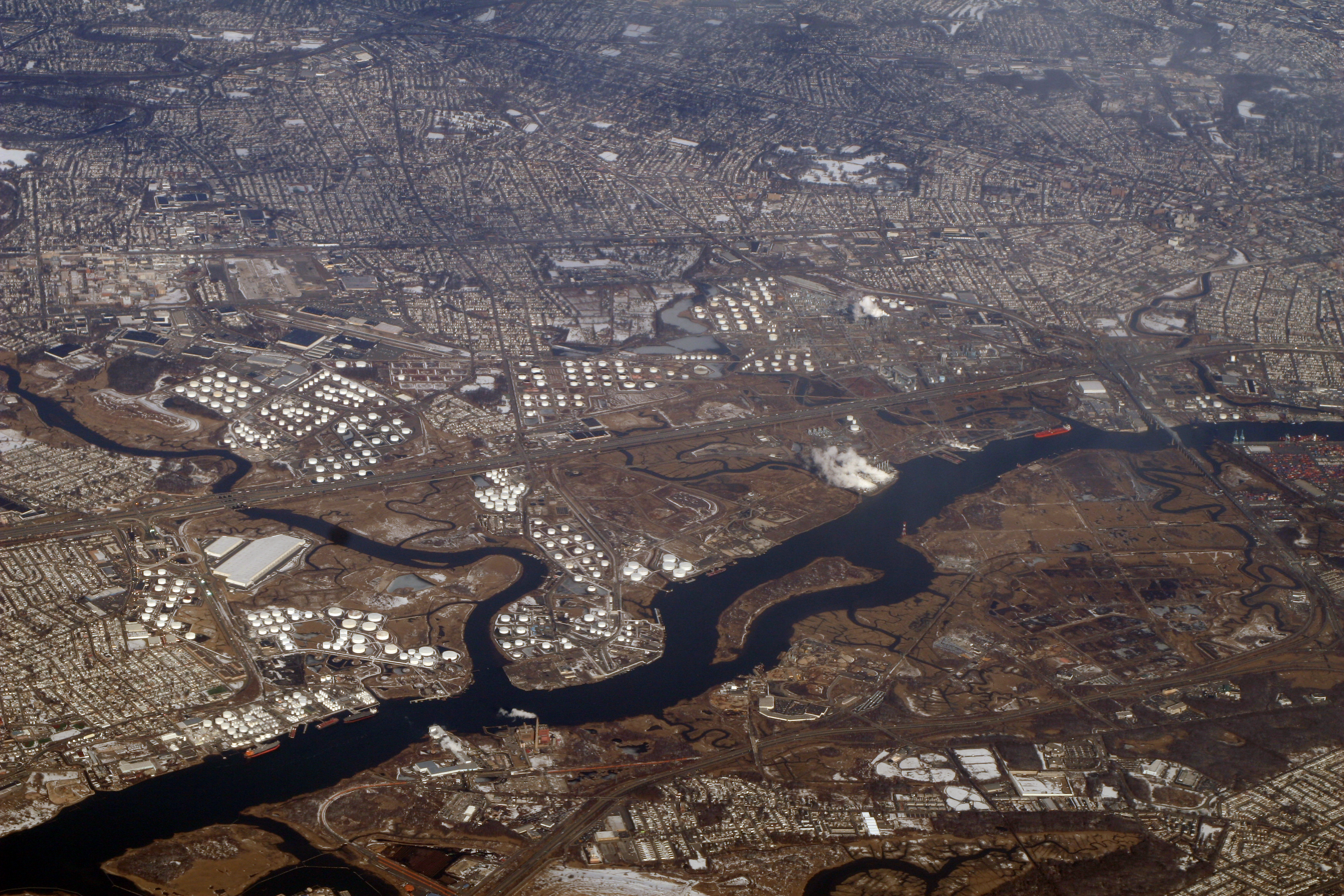Tidal strait on:
[Wikipedia]
[Google]
[Amazon]
 A tidal strait is a
A tidal strait is a 
A facies‐based depositional model for ancient and modern, tectonically–confined tidal straits
Deltas sourcing tidal straits: observations from some field case studies
Notes on shipwrecks in the Arthur Kill ship graveyard
Oceanography {{Ocean-stub
 A tidal strait is a
A tidal strait is a strait
A strait is a water body connecting two seas or water basins. The surface water is, for the most part, at the same elevation on both sides and flows through the strait in both directions, even though the topography generally constricts the ...
through which a tidal current flows. Tidal currents are usually unidirectional but sometimes are bidirectional. Tidal straits, though they are narrow seaways, are technically not river
A river is a natural stream of fresh water that flows on land or inside Subterranean river, caves towards another body of water at a lower elevation, such as an ocean, lake, or another river. A river may run dry before reaching the end of ...
s. They are frequently of tectonic
Tectonics ( via Latin ) are the processes that result in the structure and properties of the Earth's crust and its evolution through time. The field of ''planetary tectonics'' extends the concept to other planets and moons.
These processes ...
origin. In them, currents
Currents, Current or The Current may refer to:
Science and technology
* Current (fluid), the flow of a liquid or a gas
** Air current, a flow of air
** Ocean current, a current in the ocean
*** Rip current, a kind of water current
** Current (hy ...
develop because of elevation differences between the water basins at both ends. Tidal straits can connect seas and oceans, as well as estuarine zones.
Tides
Tides are the rise and fall of sea levels caused by the combined effects of the gravitational forces exerted by the Moon (and to a much lesser extent, the Sun) and are also caused by the Earth and Moon orbiting one another.
Tide tables ...
sometimes allow sediments
Sediment is a solid material that is transported to a new location where it is deposited. It occurs naturally and, through the processes of weathering and erosion, is broken down and subsequently sediment transport, transported by the action of ...
to collect in tidal straits.

See also
*Sediment trap (geology)
In geology, a sediment trap is any Depression (geology), topographic depression where sediments substantially accumulate over time. The size of a sediment trap can vary from a small lagoon to a large basin such as the Persian Gulf.
References ...
* Tidal circularization
References
External links
A facies‐based depositional model for ancient and modern, tectonically–confined tidal straits
Deltas sourcing tidal straits: observations from some field case studies
Notes on shipwrecks in the Arthur Kill ship graveyard
Oceanography {{Ocean-stub